Composite fittings production line
Out of stock
Composite rebar (also known as fiberglass reinforced plastic or composite rebar, mesh) is steadily replacing traditional steel rebar in construction around the world. FRP rebar is made from a mixture of ultra-strong glass or basalt fibers and bonding resins, resulting in construction-grade rebar with superior performance over steel. Synthetic resins are used as a binding agent for fibers, protect fibers from mechanical effects and harmful effects of the environment during the production and operation of the product.
38,000$
Out of stock
MANUFACTURING PROCESS
The production process of composite reinforcement consists of several main stages. First, glass fibers in the form of continuous strands are impregnated with polymer resin in a special container, which contains an alloying composition, as a result of which the product becomes solid.
When the composite is completely wet, the rowan is fed to the forming mold to obtain a rod of a certain diameter. Without waiting for solidification, the source material is heated to a certain temperature from the polymerization chamber. Finally, the rib surface is formed on the wrapped and fixed composite rod. A rib bar woven on top of it enters the drying chamber where the resin is polymerized. After polymerization, the finished reinforcement enters the cooling unit, and then the reinforcement is cut into predetermined length pieces or rolled into rolls.
Two main components are used in production: solid material (coarse) and binding compound (epoxy or polyester resin). The ratio of these components is approximately 80/20. In the prepared reinforcement, the smooth receives mechanical loads, and the resin acts as a matrix, evenly distributing the load along the entire length of the reinforcement and protecting the reinforcement from external factors.
The production line should be installed in a warehouse with specific characteristics. Its length is at least 50 meters, the ceiling height is at least 2.5 meters (recommended height is at least 3 meters), and the height difference in the equipment location area should not exceed 4-5. Ventilation with air release should be at least 200-250 liters per minute. The air temperature inside the bony should be at least 16-18 ° C.
For the production process, we need the following raw materials:
1) Fiberglass thread 2) Rubber resin 3) Hardener 4) Accelerator liquid
STAGES OF PRODUCTION
1. Special hook part for fiberglass yarn bobbins
2. Section for heating fiberglass threads
3. Heat-absorbing rubber part
4. Forming part
5. Special furnace for polymerization
6. Cooling bath with water and air
7. Tensioning part
8. Cutting part
9. Automatic roll forming equipment
These parts can be better understood through the schematic diagram below
1. Special hook part for fiberglass yarn bobbins
This equipment consists of a special table designed for 48 bobbins and a thread feeder. The sides are left open so that worn out coils can be replaced with new ones.
2. Section for heating fiberglass threads
It is a part with a surface construction made of low heat-conducting material with heating elements. It is designed to smooth and dry strands by providing uniform distribution, heating and optimal moisture for complete absorption with a polymer binder.
3. Heat-absorbing rubber part
Composite manufacturing is not a difficult task, but a painstaking one. Special equipment is needed for this. One of them is a special container for tar. This equipment is necessary for impregnating several complex fiberglass strands with compound. The installation looks like an unpainted steel pan. It consists of a filter holder and a submerged frame.
It is not possible to completely manufacture composite fittings without a resin impregnation part.
The resin embedding part is made of special stainless, alkali-resistant material. The volume of the container is optimally designed for complete absorption of the step while maintaining the important properties of the polymer binder (fluidity, speed of hardening, temperature), and also, using the last compression system, ensures a decrease in polymer consumption. The device is designed for thread straightening, resin impregnation and compression. The fixer consists of a soaking bath, a tool that squeezes out the excess compound.
4. Forming part
One of the most important nodes of the line is the device for creating the upper line reliefs. Manufactured using high-strength assemblies that do not require constant maintenance. Designed for winding periodic reinforcement with precise winding heights for each iron size. The angle and exact coefficient of the winding strength of the profile ensure that the rod is strictly cylindrical and is cleared of air-absorbed reinforcing rod. Adjustable tension of the periodic profile, two windings. Large coil designed for 5 hours of continuous operation.
5. Special furnace for polymerization
In order for the production of reinforcement to be continuous, it is necessary to purchase a polymerization furnace. The feature of this device is that the temperature inside it is maintained for a very long time. The cycle of drying and forming the finished fiberglass reinforcement is carried out in the oven. The lower part of the device is equipped with special heating parts. They are usually evenly spaced. Special compartments contribute to the proper functioning of ventilation. A tunnel drying oven is a reliable device with energy-saving features. Devices may differ according to the type of heating (gas, electric, etc.).
6. Cooling bath with water and air
The production of composite reinforcement is carried out under the influence of high temperature, therefore, the finished product must be cooled at the outlet. Each piece of equipment for the production of fiberglass reinforcement is equipped with a water cooling device, where the hot ready water pool is filled with warm water before cooling to eliminate sudden changes in temperature and production defects. Fiberglass reinforcement at the outlet receives the required density. The correct production of fiberglass products requires a careful approach to the selection of room size and appropriate communications, taking into account the need for constant water supply, there must be a water supply, sewage and ventilation system.
A container with a cooling liquid, passing through it, cools the product gradually. Already at this stage, ACP amplification has optimal power indicators.
A closed water cooling device is designed for cooling fittings. It is equipped with a metal frame, a metal tub for water drainage, a filter and a pump for supplying water for cooling
7. Tensioning part
The required towing device determines the towing force, towing speed, determines the maximum level of towing force. Also, the traction device of the equipment is controlled by the specified maximum length and width of the product. The length of the finished product is determined by the adjustment of the equipment, the cutting range and the power required for operation are carried out in a controlled section.
8. Cutting part
It is designed to cut the finished reinforcement to a certain length. The mechanism consists of two parts: mobile and stationary. Thanks to the synchronous clamping of the reinforcement rod and high cutting speed, it provides a precise and even smooth cut surface of any technological diameter. The cutting device is controlled by the measuring counter.
9. Automatic roll forming equipment
Automatic coil winding unit – in the production of fiberglass reinforcement, it allows you to rewind one side of the roll and wind a new one from the other. This is a continuous automatic process that significantly reduces the burden on the operator and allows to reduce the number of employees due to the automation of the process.
Through the above steps, we will have a new type of fiberglass composite reinforcement. Do not forget that our company is always looking for the best for you.
Production process




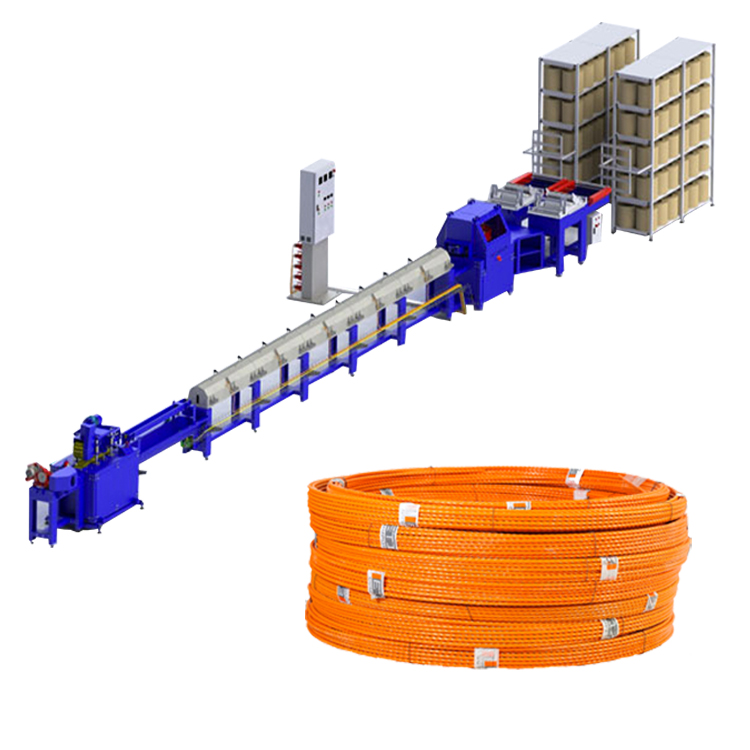










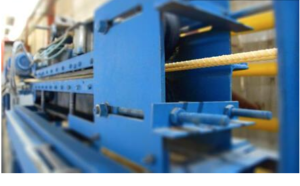


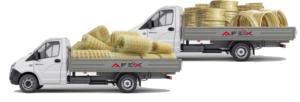
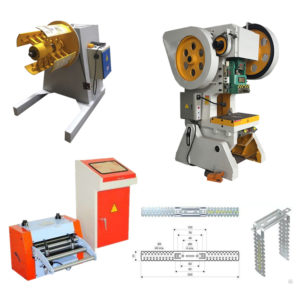
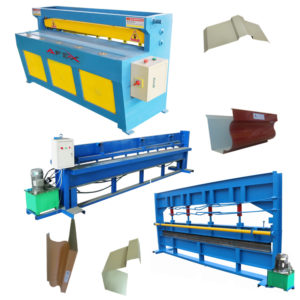
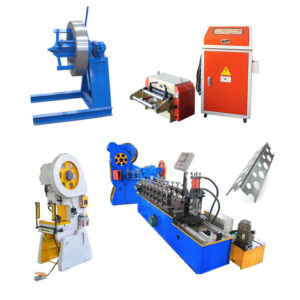

There are no reviews yet.